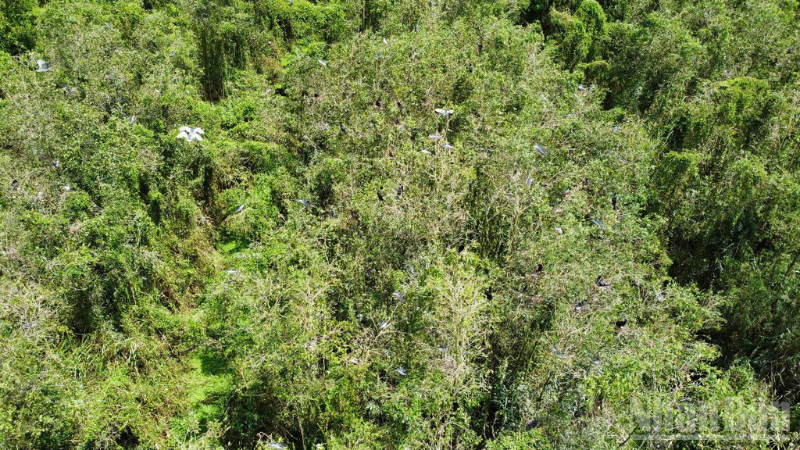
Spring Eco- tourism Area seen from above, with large and pristine green space.
Attractive eco-tourism destination attracts visitors
After merging 3 localities and cities Can Tho The new province has an area of over 6,300km², a population of over 4 million people and 103 communes and wards. This is a major turning point in expanding development space, enriching resources, identity and raw material areas to serve tourism development associated with the conservation of endemic nature.
Located on a large area of about 130 hectares, this tourist area used to be a wild land with dense forests. With the passion of farmers , in 2017, Spring Agriculture Joint Stock Company invested in an eco-tourism area associated with nature conservation in a sustainable direction and gradually became an attractive destination for tourists.
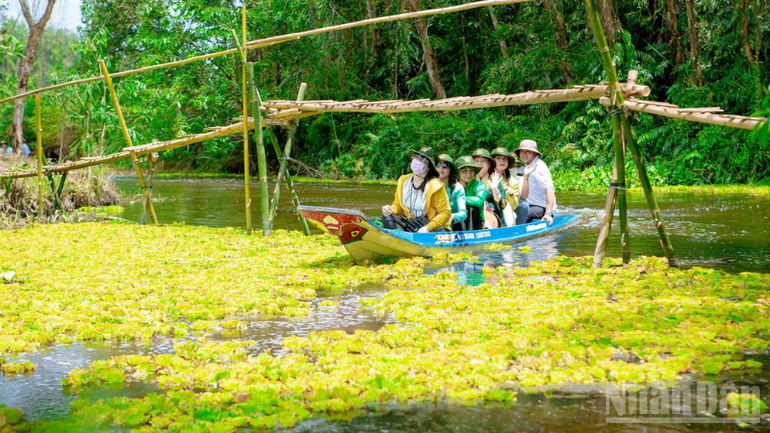
Tourists experience and take photos at the tourist area.
According to Mr. Nguyen Van Hien, Director of Spring Agriculture Joint Stock Company, after the company invested in developing the tourist area, the number of visitors has increased significantly compared to before, reaching an average of about 1,500 visits per month, of which up to 70% are international visitors. In particular, the tourist area also attracts many groups of students to learn about nature, the environment and sustainable agricultural and tourism development models.
In addition, the landscape with the shade of primeval forests, the thriving native flora and fauna, creates a lively and harmonious ecological space. Visitors coming here can not only admire the wild beauty, but also participate in many interesting activities such as: trekking through the forest, experiencing being a farmer, enjoying local specialties and taking photos with the original natural scenery.
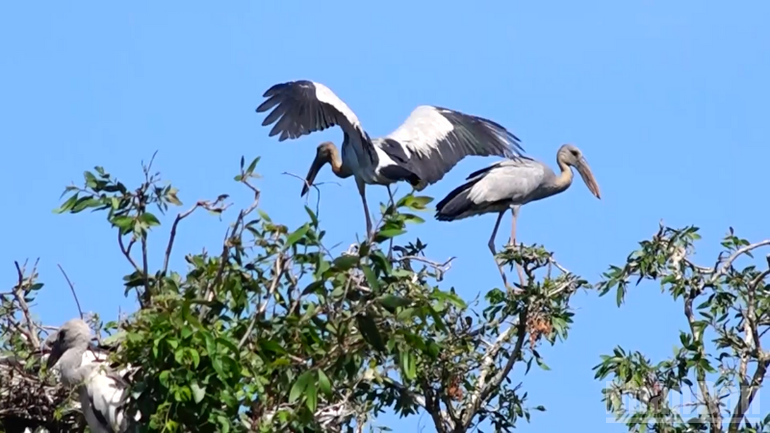
Rare birds such as the lotus and the snake-necked egret live in the Spring Tourist Area.
Ms. Nguyen Thuy Trang, a tourist from Ho Chi Minh City, shared: "The Management Board keeps the landscape and environment pristine and airy. I am very happy to have the opportunity to come here."
With large green spaces, rich biodiversity and increasingly improved services, Spring tourist area is gradually affirming its position as a new and unique destination on the eco-tourism map of Can Tho city.
Preserving the core values of nature
Not just stop there In tourism development, Spring Tourist Area also clearly defines the long-term strategy of linking development with nature conservation, a sustainable, humane and environmentally responsible direction.
From the beginning, the resort management board committed to not building concrete or destroying the natural ecosystem. Instead, the entire 130ha area will retain its natural flora; animals such as storks, herons, egrets, and snake-necked birds will be protected and given the opportunity to reproduce in a suitable environment.
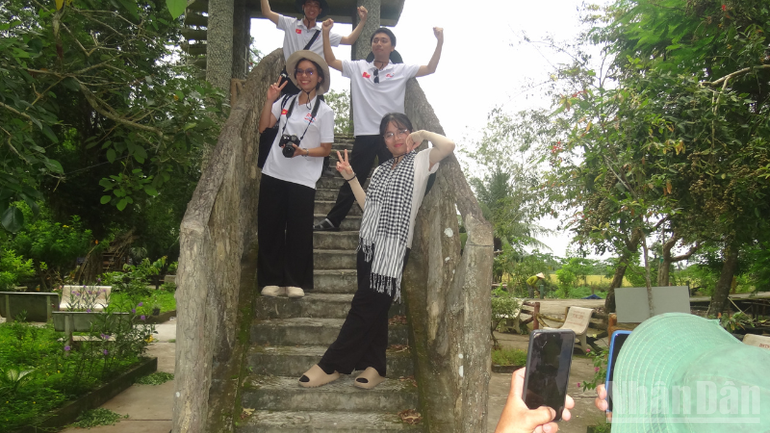
Students and tourists visit and learn about ecological spots at the tourist area.
Mr. Nguyen Van Hien, Director of Spring Agriculture Joint Stock Company, shared: “We strictly preserve. We only plant more trees, regenerate the forest environment and release more native animals to increase vitality. The goal is to keep the original nature of the forest, without damaging the inherent ecosystem.”
According to statistics, there are currently nearly 30 snake-necked birds living here. Protecting and maintaining the habitat for these animals not only has the meaning of preserving biodiversity, but also creates added value for ecotourism, attracting tourists and research students.
Thanks to the orientation of tourism development associated with conservation, along with the commitment to preserve the natural ecosystem, the Spring Eco-tourism Area has created special experiences, different from many common destinations. Visitors not only come to relax or visit, but also feel a strong message about respecting nature and a sustainable green lifestyle. In particular, the eco-tourism model combined with environmental protection education is gradually touching the hearts of the next generation.
Assessing the role and potential of tourism, Mr. La Trong Ky, Deputy Director of the Department of Agriculture and Environment of Can Tho City, said: “The Spring Tourist Area is a typical model for the development of eco-tourism associated with forest conservation and the specific ecosystem of wetlands. This is not only an attractive destination, but also has great potential to become a place for environmental education, raising public awareness and promoting the development of the city's green economy in the coming period”.
Mr. La Trong Ky also emphasized: Replicating models like the Spring Tourist Area is a necessary direction in other endemic ecological areas in the city. Because, in the context of complex climate change, preserving natural resources, protecting forests and developing harmony between humans and the environment is the most sustainable solution.
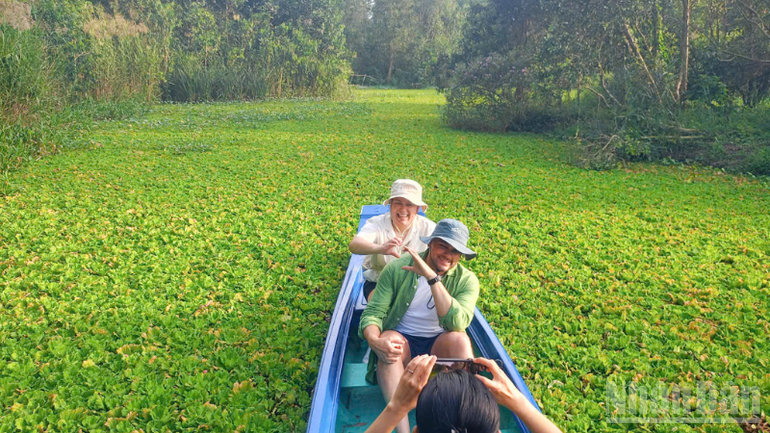
Tourists experience and take photos at the tourist area.
However, to realize the potential and elevate ecotourism to a spearhead economic sector, the city needs to continue to promote: investing in infrastructure, training professional human resources, linking neighboring destinations and stepping up promotion. At the same time, strictly controlling forest encroachment and environmental pollution is also a vital factor to maintain the quality and reputation of ecotourism areas.
The Spring Ecotourism Area is a typical example of the combination of tourism development and nature conservation. In the context of Can Tho's recent expansion of its territory, this model not only helps to rationally exploit local resources but also plays an important role in protecting the environment and preserving local identity.
According to Nhan Dan newspaper
Source: https://bvhttdl.gov.vn/can-tho-phat-trien-du-lich-ben-vung-gan-voi-bao-ton-thien-nhien-20250731092603857.htm




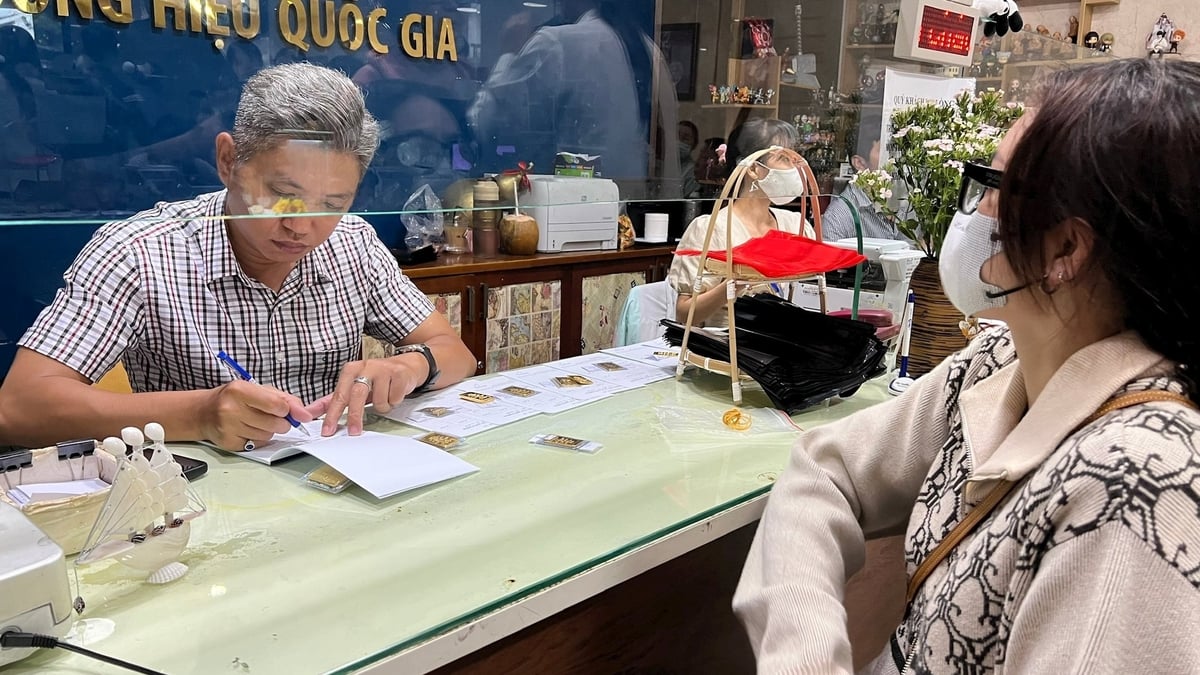

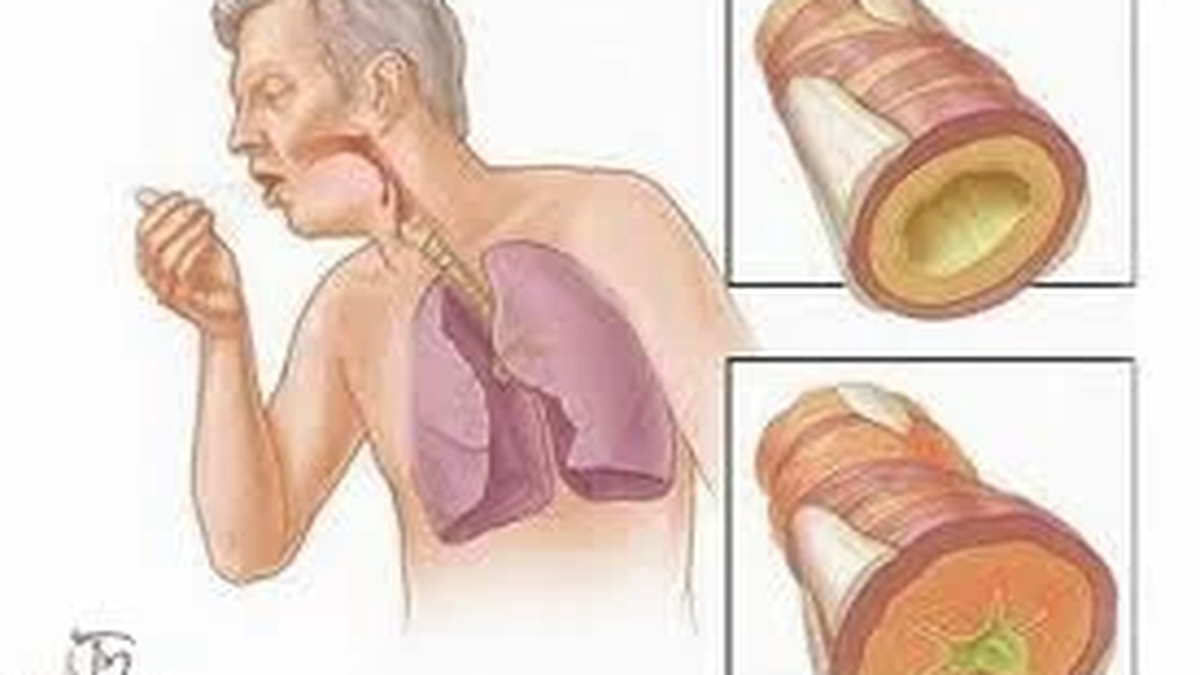
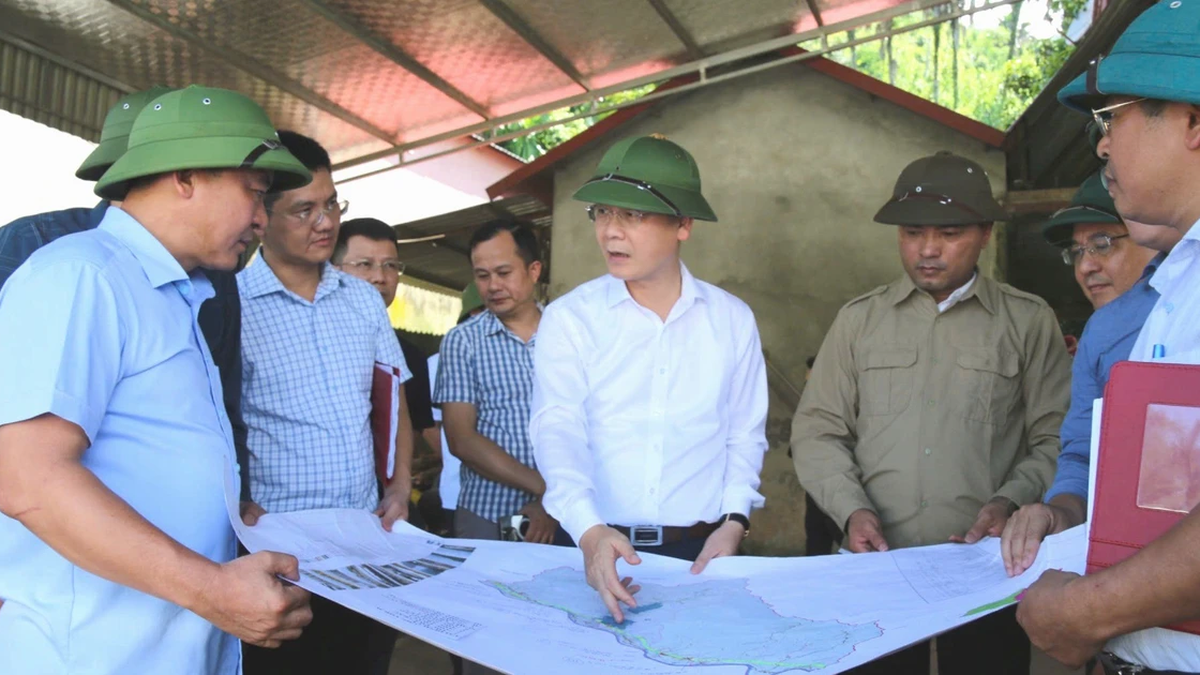

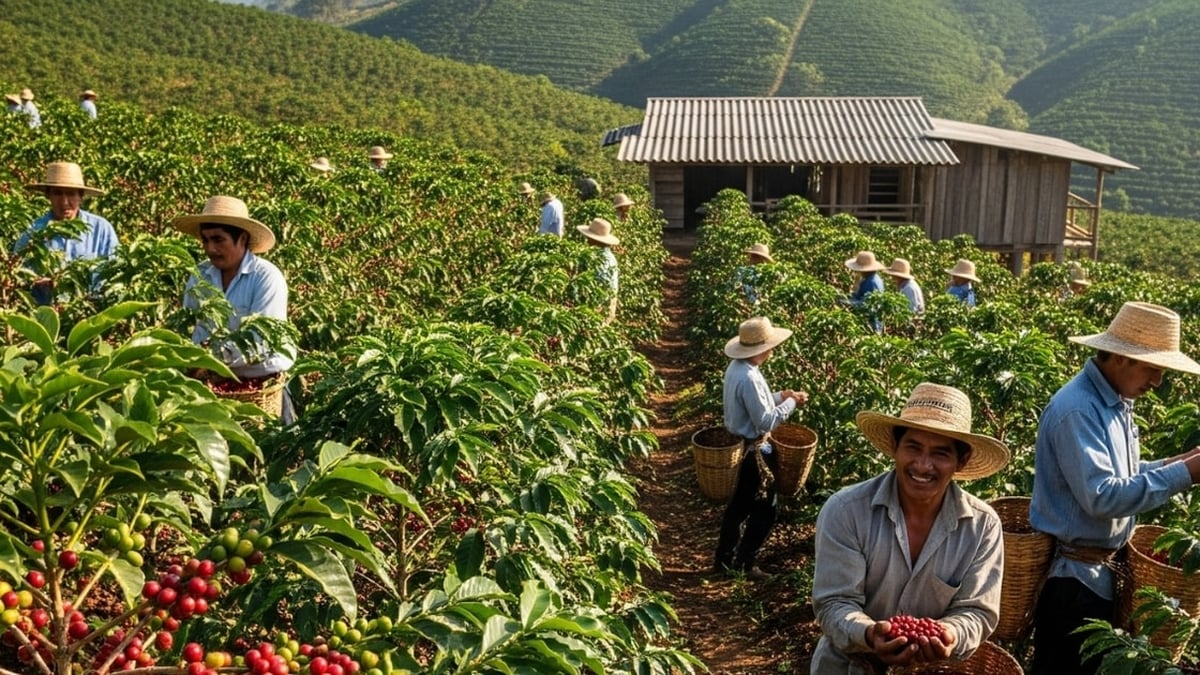




























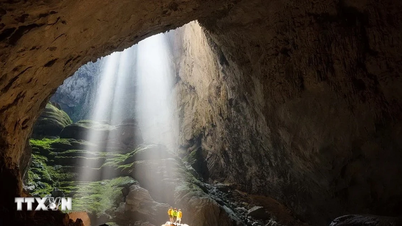

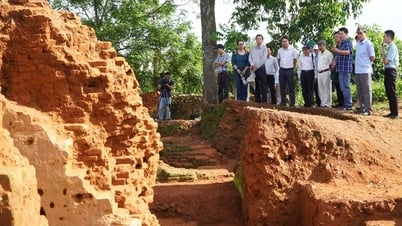






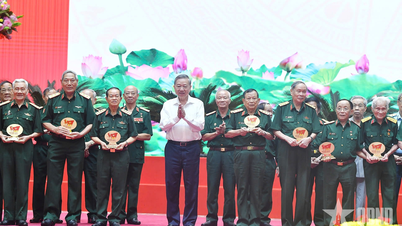




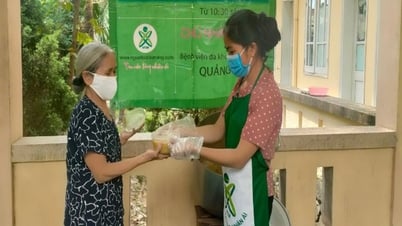







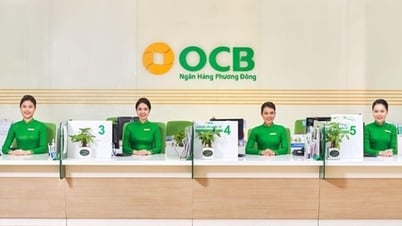








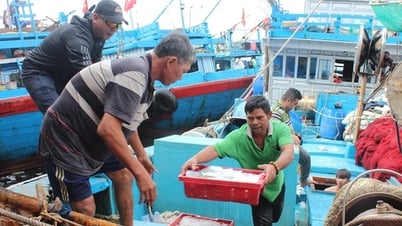



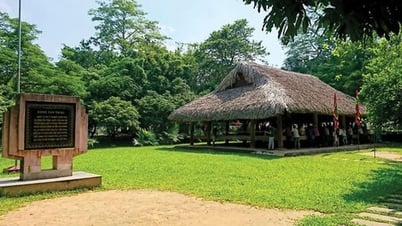



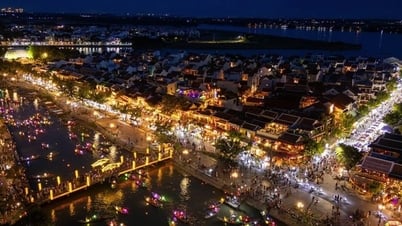







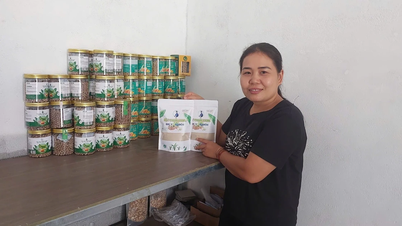

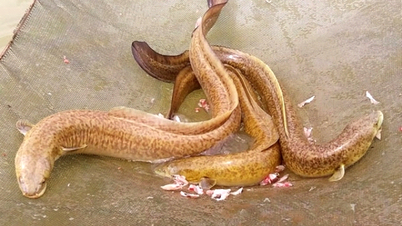








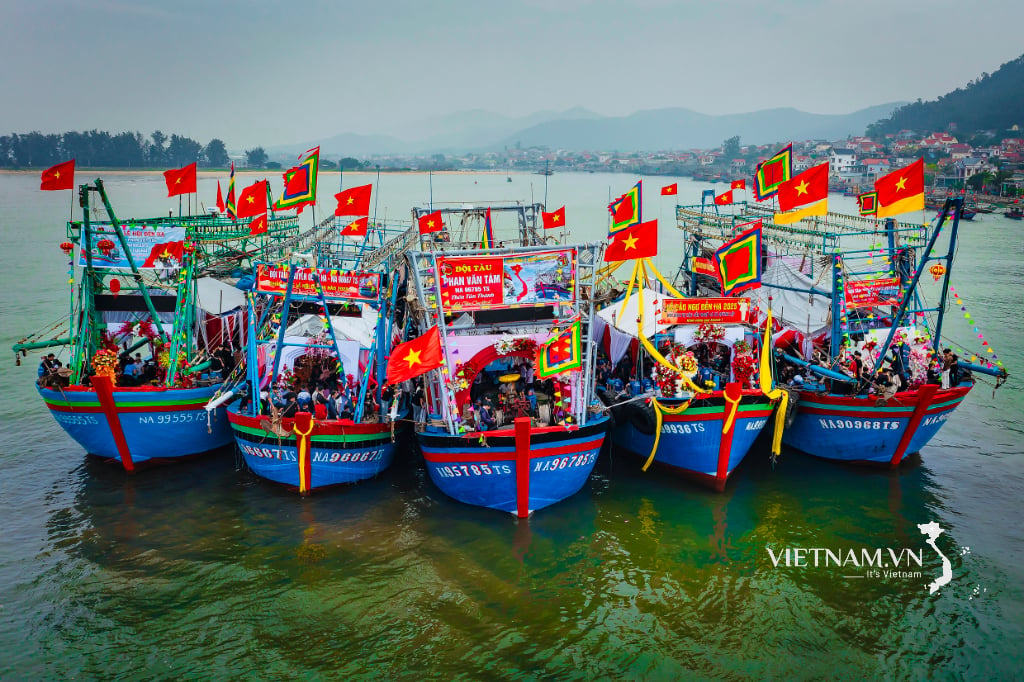
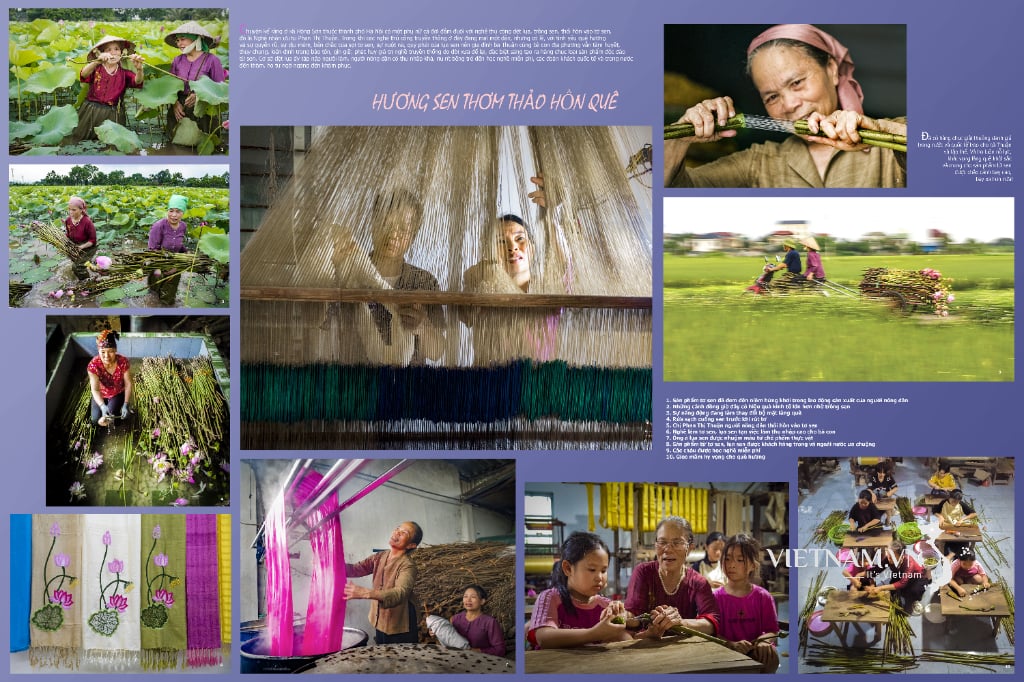


Comment (0)